Forests and Forest Risk Commodities

Forests and Forest Risk Commodities
Thanks to the team at Environment America for contributions to this material.
Tropical rainforests are essential to climate stability, biodiversity protection, cultural preservation and human rights. Tropical rainforests cover 10% of Earth’s land surface, but contain at least two-thirds of the world’s biodiversity. Tropical deforestation is driving unprecedented species extinction, with anywhere from 20,000 – 83,000 species being declared extinct every year.
When tropical forests are cut or burned down, carbon is released into the atmosphere and the potential for future carbon dioxide capture in the ecosystem is lost. The carbon dioxide released from tropical deforestation has accelerated so drastically that if tropical deforestation was a country, it would have the third largest carbon footprint in the world – only behind China and the U.S.
Millions of Indigenous people live in tropical rainforests. When deforestation displaces these people, they lose ancestral lands that provide life-sustaining resources. Worldwide, forests are held sacred and intertwined with the cultures of the people that live in and near them, some of whom have been tied to the forest for millennia. Forests that are owned legally or customarily by Indigenous communities are deforested half as much as other forests.
Of the ten million hectares of deforestation that occurs each year, 95% is in tropical forests. The primary driver of deforestation is the clearing of forests to make land available for producing goods known as forest risk commodities. Seven forest risk commodities caused 58% of the world’s agricultural deforestation between 2001 and 2015: beef, soy, cocoa, coffee, rubber, palm oil and wood products, such as timber and paper. So many of these commodities are exported to the world’s richest countries that 14% of global deforestation is driven by consumers in wealthy countries, including the U.S. The U.S. is, essentially, outsourcing deforestation.
Even worse, much of this deforestation – 69% – is illegal. Many instances of human rights abuses have been exposed in these illegal supply chains, including child labor and violence against Indigenous Peoples.
Forest Risk Commodities
The production and harvesting of seven forest-risk commodities drive a disproportionate amount of tropical deforestation; harming biodiversity, the climate and people.
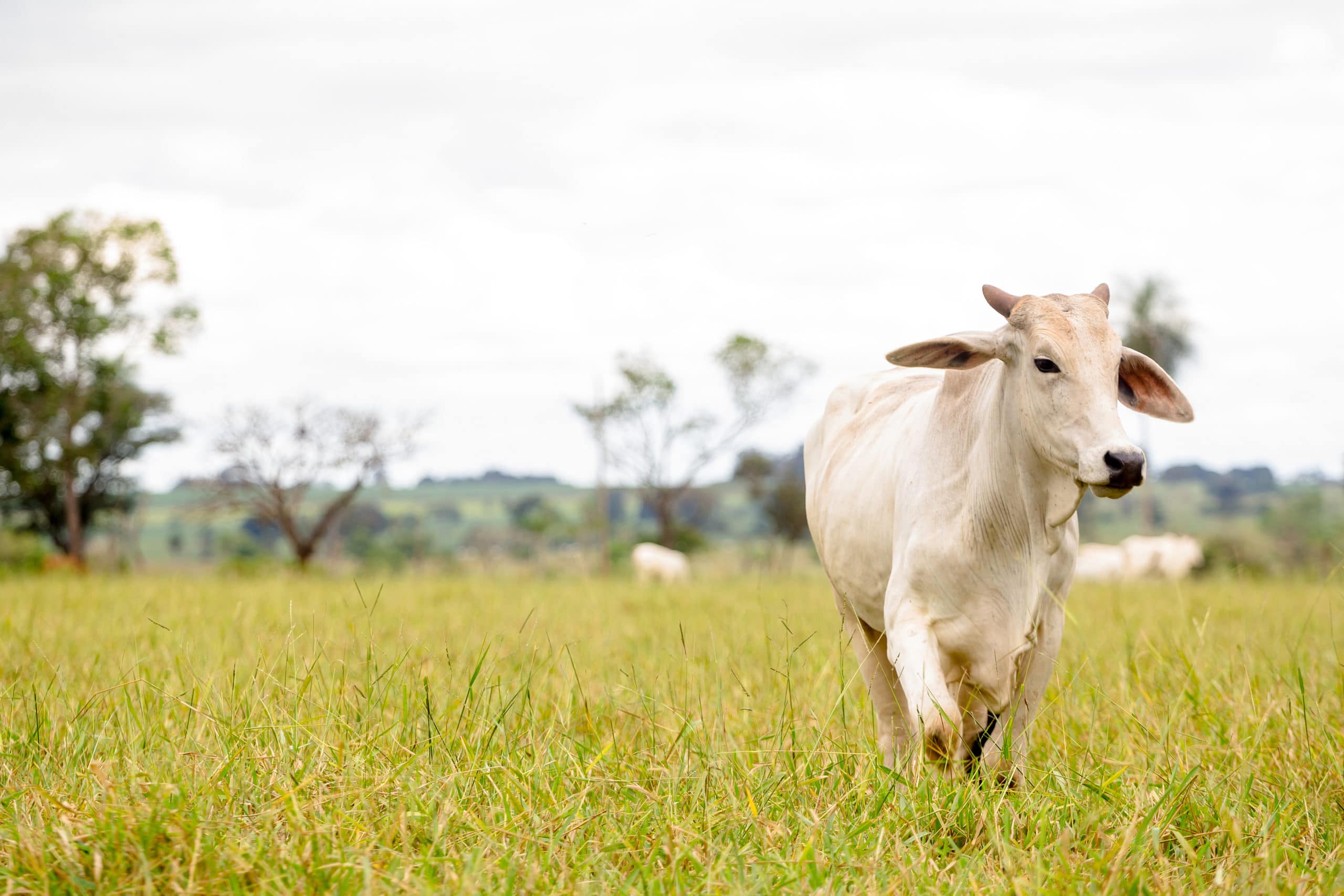
Beef
Beef production is the number one driver of tropical deforestation. About 60% of the world’s agricultural land is used for beef production, even though beef accounts for only 2% of calories consumed worldwide. The beef industry currently causes 25% of global land-use emissions. A portion of these emissions are produced before the cattle even begin grazing, when ranchers burn down tropical forests to make room for pastures.
The United States stokes the flames turning tropical forests into pasturelands; the U.S. is the largest consumer of beef in the world. In 2019, Americans consumed 27.3 billion pounds of beef – that’s nearly one-fourth the weight of the Great Wall of China. With a growing global population and a rising standard of living, beef consumption is likely to increase.
A closer look: Brazilian Amazon rainforest
More than half of the Amazon Rainforest is located within Brazil, where every year deforestation and degradation chip away at this priceless habitat. The Amazon is not only home to 10% of all known species on Earth, but is also a major carbon sink. This is especially true in Brazil, which was the largest global exporter of beef in 2020. In Brazil, poor regulations and enforcement have led to the highest rates of deforestation in 15 years. Cattle ranching has been linked to around 70% of the deforestation in the Amazon. In 2020, the U.S. imported $420 million worth of beef from Brazil.
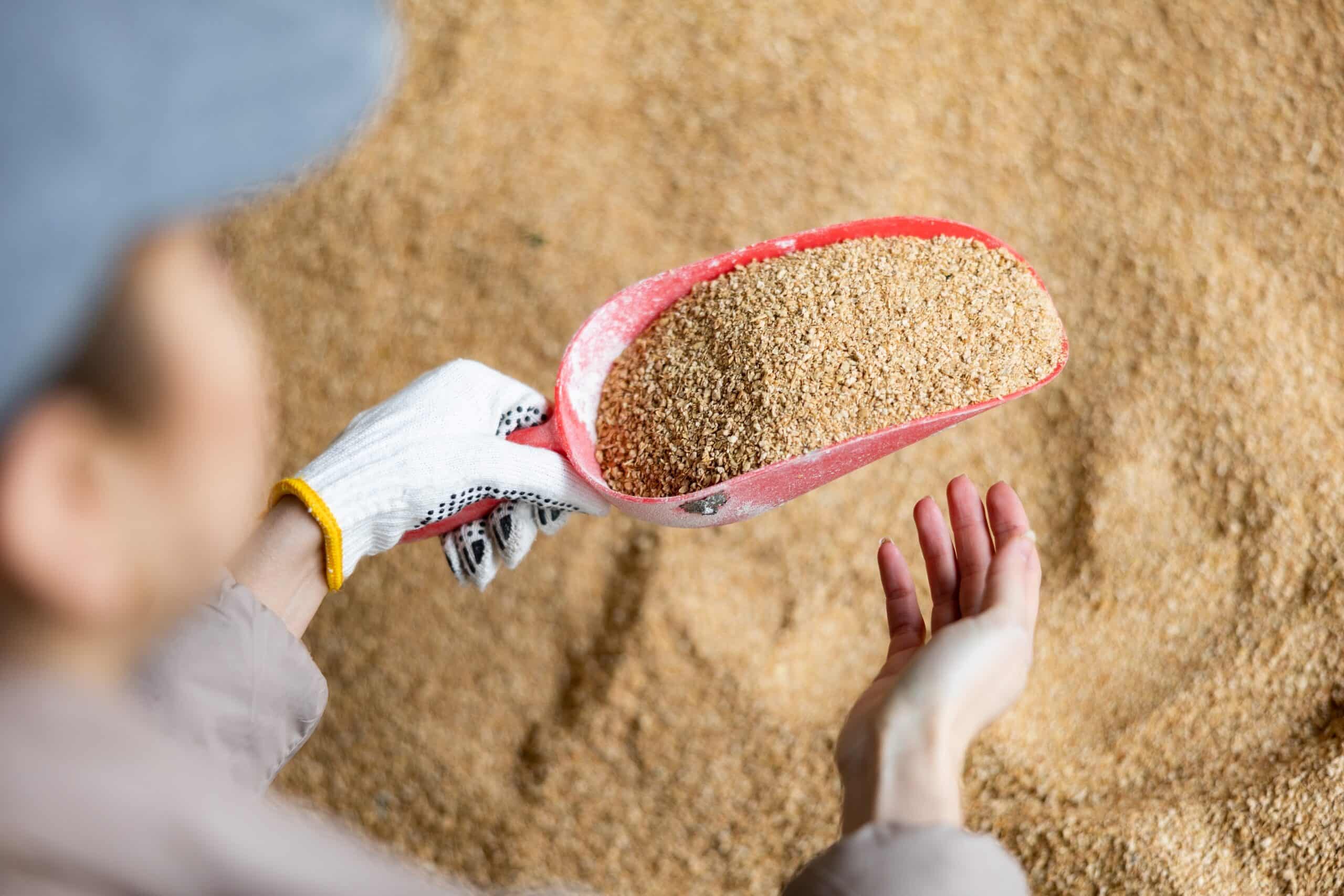
Soy
The production of soy, which is derived from soybeans, is the second greatest driver of tropical deforestation globally. Soy has many applications, including cooking, biofuel, industrial products and food. However, only 7% of soy products (tofu, soy milk, etc.) are used for direct consumption. More than three-quarters of the world’s soy is used to produce livestock feed.
Brazil produces about one-third of the world’s soy. Demand for soy since 1961 has increased dramatically, and as a result, the amount of land dedicated to soy production has quadrupled globally. One attempt to limit deforestation, Brazil’s soy moratorium, prevents farmers from selling soy products from recently deforested land. However, this doesn’t prevent soy plantations from replacing other native ecosystems, such as the biodiverse and ecologically important Brazilian Cerrado. Brazil’s soy moratorium has been accused of contributing to tropical deforestation indirectly because the conversion of former pasturelands to soybean crops pushes cattle production farther into the Amazon rainforest.

Wood products (timber, paper/pulp)
Harvesting wood products, including lumber, paper and wood pellets, is the third greatest driver of deforestation globally. Much of the timber and wood pulp in the U.S. comes from boreal forests in countries including Canada, Russia and China. Boreal forests are important carbon reservoirs and ecosystems, which are in need of protection from forest degradation. However, wood products are also extracted from tropical forests, especially in Indonesia, where natural forests are harvested and replaced with tree plantations.
Even when entire forests are not cut down, and instead high-quality, large trees are selectively logged for timber, the entire forest suffers. Selective logging necessitates roads that fragment forest ecosystems and machinery that can erode topsoil.
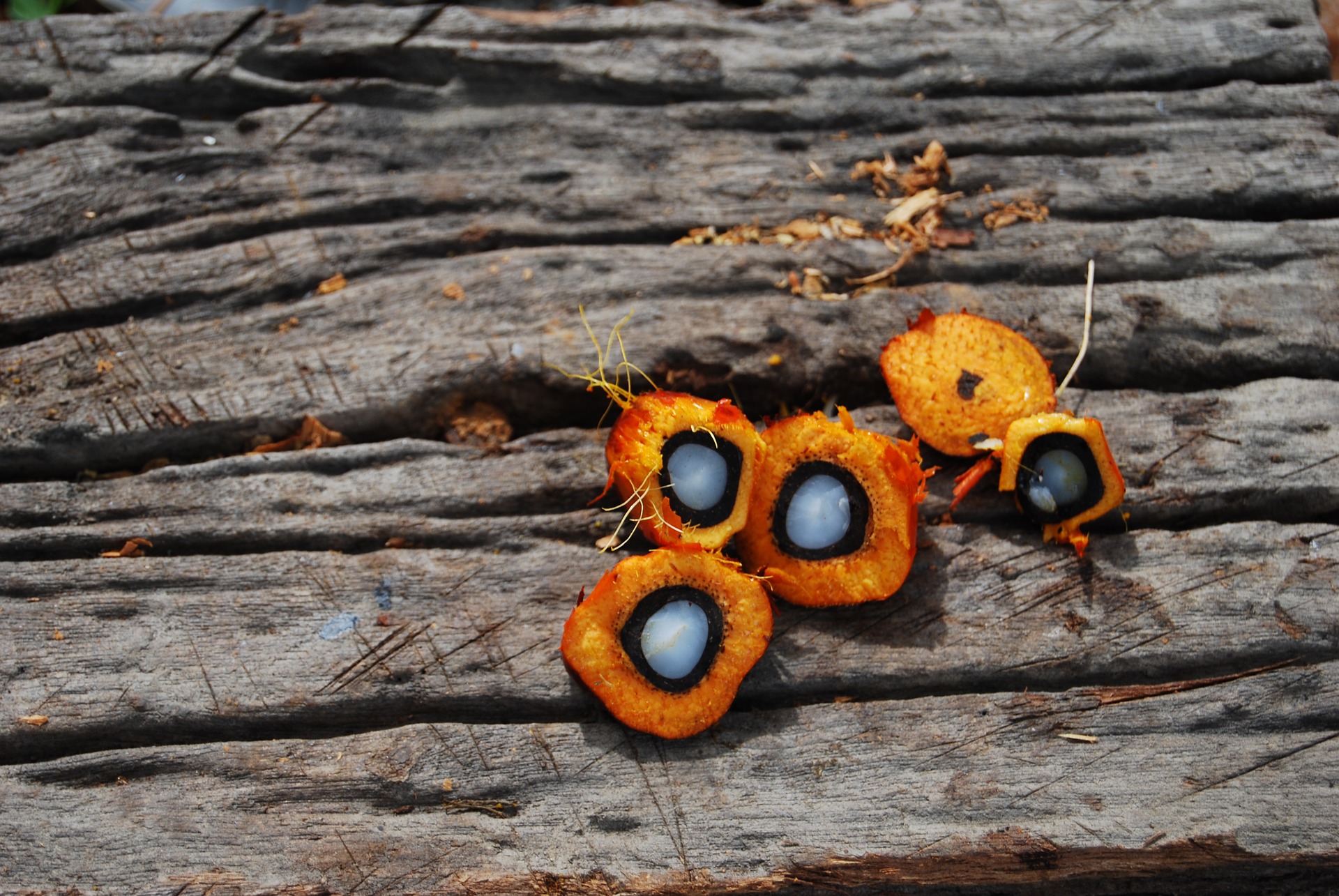
Palm Oil
Palm oil is derived from the fruit of oil palm trees. Often used for its ability to give products a longer shelf life, palm oil can be found in chocolate, soap, pizza, lipstick, shampoo, biodiesel, instant noodles, and much more. Even though palm oil is found in products all over the world, 87% of the world’s palm oil is produced in Indonesia and Malaysia.
The pervasiveness of palm oil comes at a high cost. Between 2008 and 2010, palm oil plantations were responsible for 60% of deforestation around the world. Largely thanks to campaigning by impacted communities and environmental and human rights organizations, that number has now decreased to about 25%, which is still too much. Indonesia has over 63,000 square miles of palm oil plantation, all land that was once rainforest and carbon rich peatland. Within this area are innumerable land conflicts, as impacted communities continue to demand their rights in the face of ruthless industry expansion.
Palm oil’s impacts on biodiversity are severe. The islands of Borneo and Sumatra in Malaysia and Indonesia are home to the last remaining wild population of orangutans. Each year, 2,000 -3,000 orangutans are killed on average. A century ago there were over 230,000 orangutans. Today it’s estimated that fewer than 70,000 survive. Rampant deforestation to create new palm plantations is a driving factor in orangutan habitat loss. The last twenty years have resulted in the destruction of 80% of the orangutan’s habitat. The situation is so dire that scientists predict orangutans will be extinct in the next fifty years if no decisive action is taken.
While Indonesia and Malaysia are the largest producers, the palm oil industry is spread across the tropics, including in Africa (all the countries of the Congo Basin and Upper Guinea Forest), Central and South America from Mexico to Bolivia, and all of Southeast Asia and the Pacific – and most everywhere, it has the same destructive impacts.
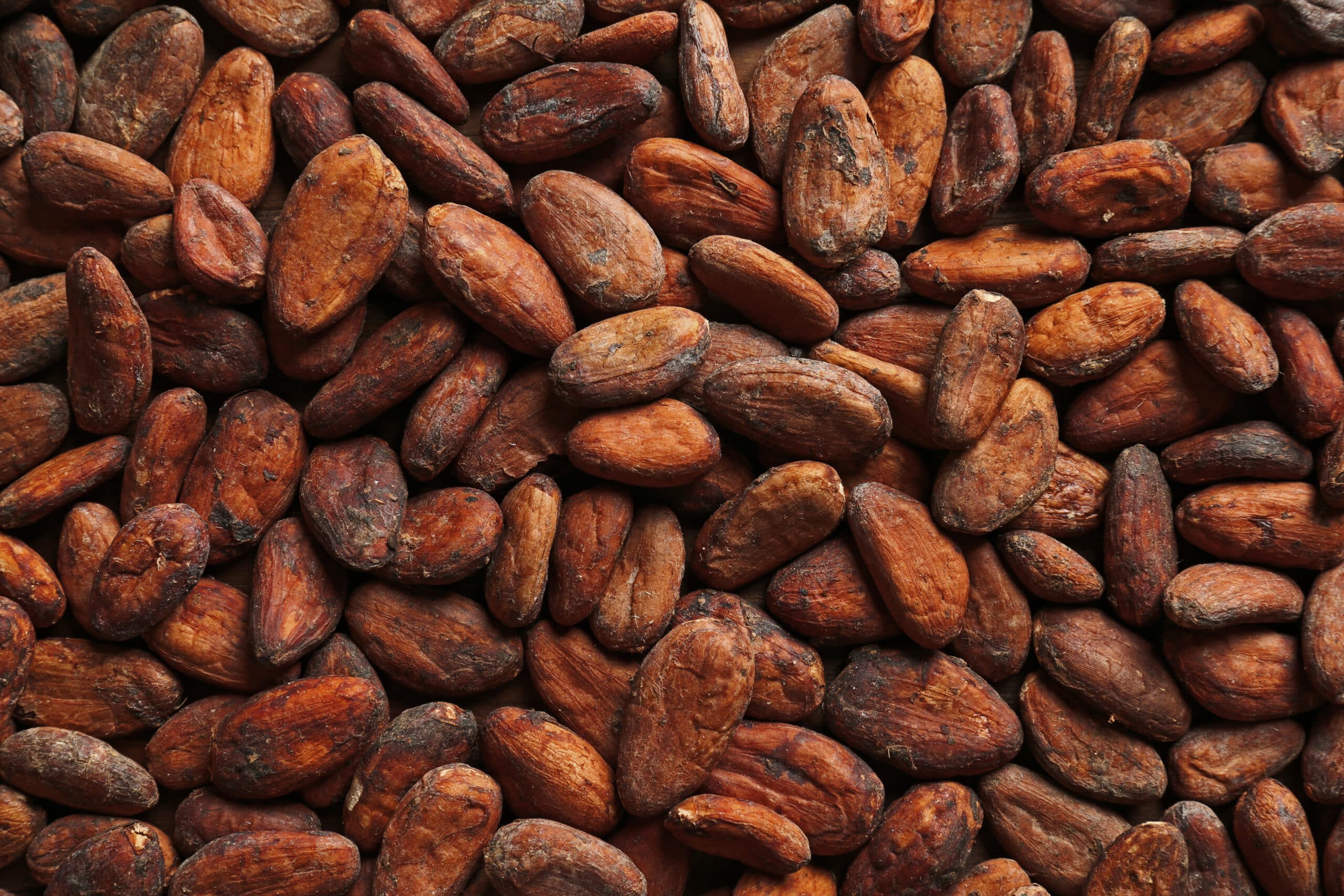
Cocoa
Americans consume 58 million pounds of chocolate just during the week of Valentine’s Day. Although some of the world’s largest chocolate producers are in the U.S., 70% of the world’s cocoa beans are grown in West Africa, specifically Côte d’Ivoire and Ghana. The rising demand for chocolate and history of poverty in the region has led farmers to engage in unsustainable farming practices and inhumane labor practices, including child labor.
It is estimated that 70% of illegal deforestation in the West African nation of Côte d’Ivoire is related to cocoa farming. Almost all of the protected regions in Côte d’Ivoire have been illegally converted into cocoa growing operations. The neighboring nation of Ghana lost 10% of its tree cover from 2001-2014, an area more than twice the size of Yosemite National Park. As a result, endangered and threatened animals, such as pangolins and leopards, are rapidly losing their remaining habitat. Cocoa production in tropical forests also contributes to the climate crisis: a single dark chocolate bar from deforested land releases nearly the same number of carbon emissions as driving a car for 5 miles.
Monocultures of cocoa degrade the soil by reducing plant diversity, increasing sun exposure and using more fertilizers and pesticides. As a result, more tropical forest is cleared for the next harvest. There are various sustainable farming techniques, such as growing cocoa in the shade among native rainforest plants, that can reduce tropical deforestation.
A closer look: slavery in the cocoa industry
Repeated instances of slavery, human rights abuses, low pay, and child labor have been documented in the West African cocoa industry. Two million children are used for hazardous labor in the cocoa industry in Ghana and Côte d’Ivoire alone. “I admit that it is a kind of slavery,” a farmer from Côte d’Ivoire told the Washington Post in 2019, “But they bring them here to work, and it’s the boss who takes the money.” To avoid chocolate products with human rights violations in the supply chain, consumers can shop from the ethical cocoa companies named by Slave Free Chocolate.
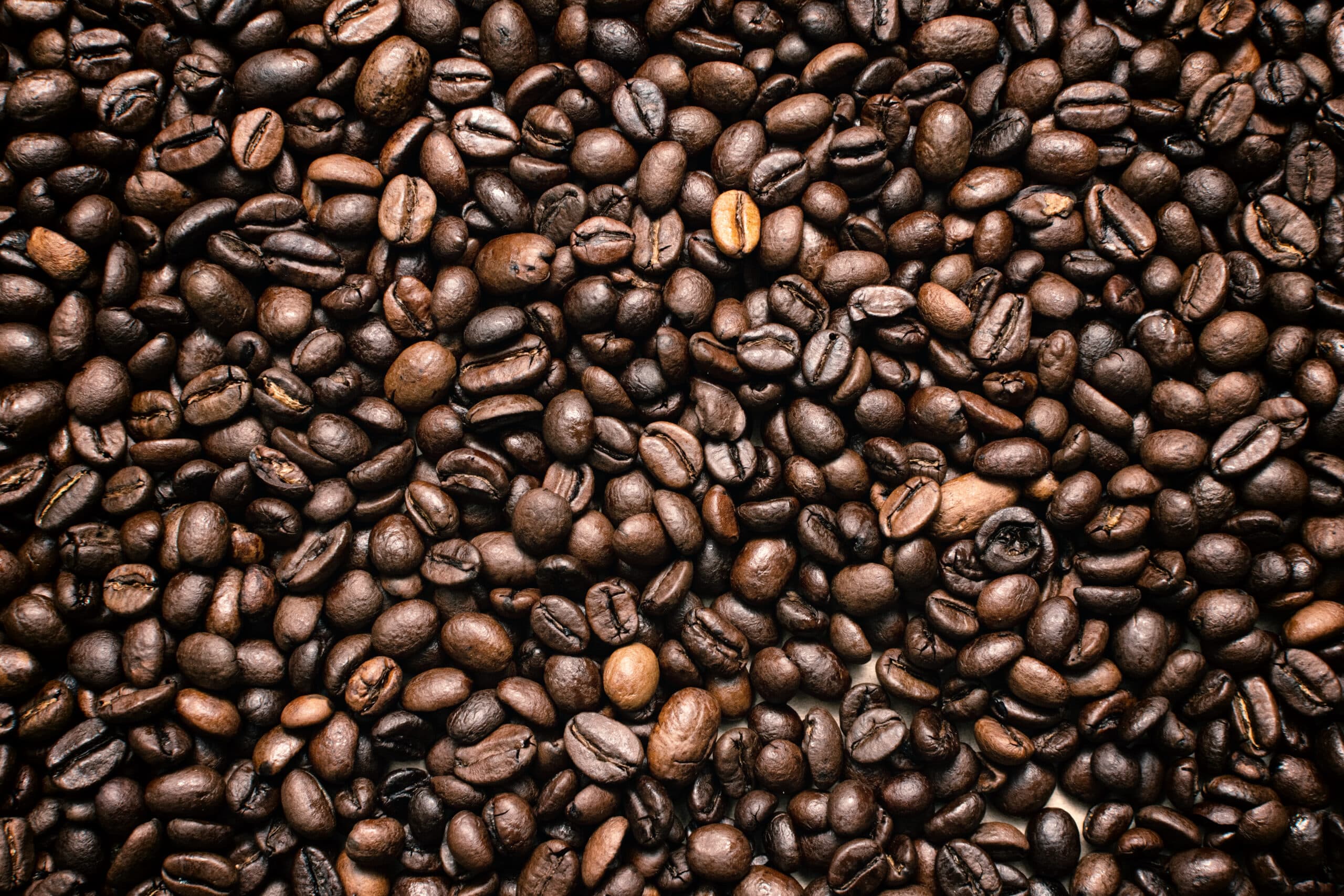
Coffee
In the United States, about 513 million cups of coffee are consumed every day. The coffee comes from beans grown in tropical regions around the world, especially from Brazil and Vietnam.
The majority of today’s coffee beans are sun-grown, which requires clearing tropical forests to grow the plants in direct sunlight. One study estimated that 100,000 hectares of forest are lost each year to expand coffee plantations, which is an area almost the size of Hong Kong. These practices produce over 45 million tons of CO2 per year. Sun-grown coffee also contributes to soil erosion, biodiversity loss and requires intensive pesticides. Long-term coffee monocropping taxes the soil so much that it leads to decreased agricultural yields and ultimately a loss in profits.
Alternatively, the traditional shade grown method of growing coffee allows coffee trees to grow in tropical forests among mature trees. Although it yields less coffee than sun-grown plantations, the shade-grown method allows farmers to grow a valuable cash crop while reducing negative environmental impacts. Shade-grown farms are beneficial to biodiversity; in Guatemala, they’ve been found to have 30% more birds than sun-grown plantations. Shade-grown plants also provide farmers with a variety of ecosystem services such as natural pest control, water filtration and soil conservation.
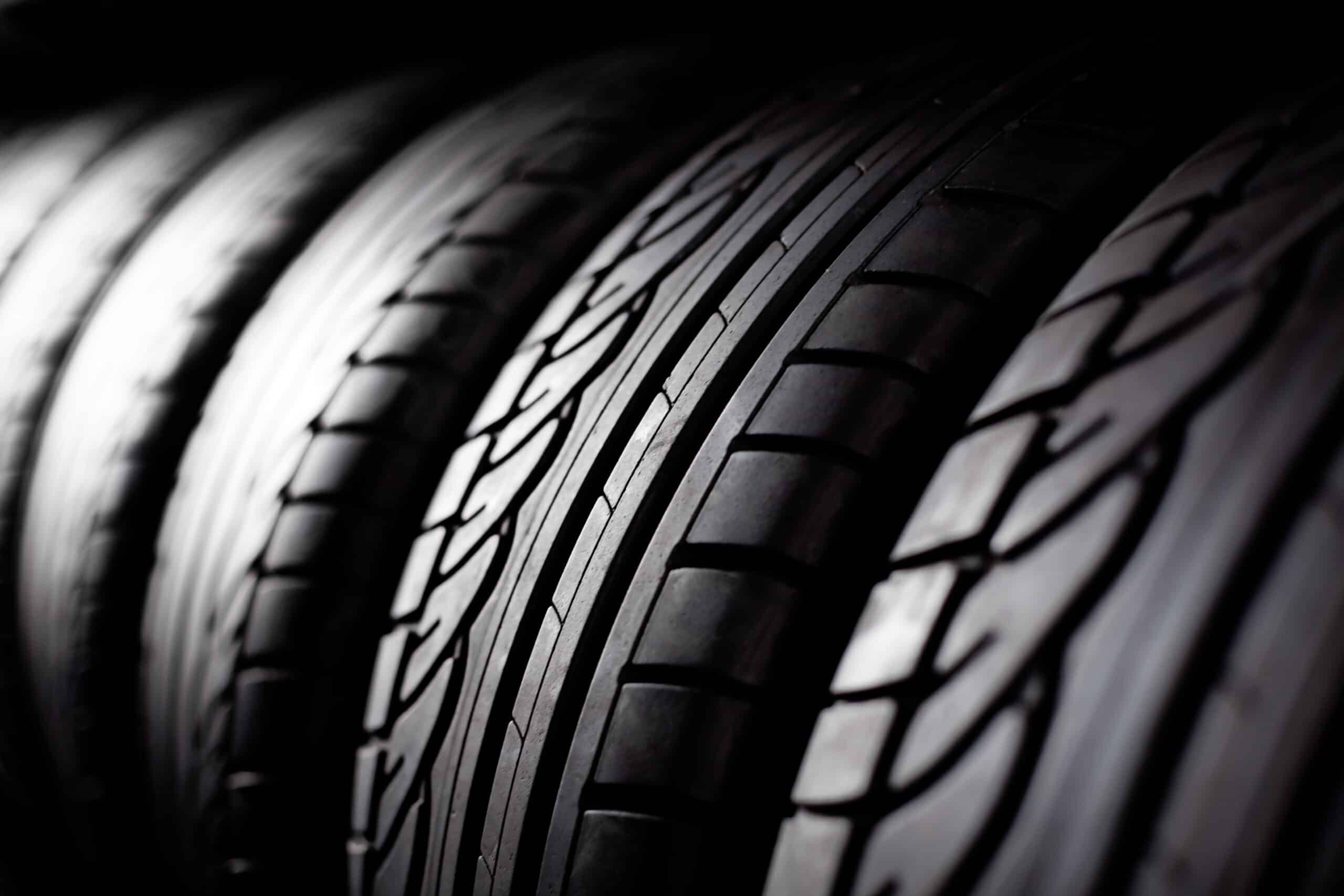
Rubber
Although natural rubber is used to make more than 40,000 products, 70% of rubber is purchased by tire manufacturers. Natural rubber is derived from latex, a liquid found in many plants, including Hevea brasiliensis: the rubber tree. Despite originating in South America, 90% of the world’s rubber is grown in Southeast Asia.
The expansion of rubber plantations across Southeast Asia is likely to continue as the global demand for natural rubber increases. Natural rubber agriculture, particularly in the Indonesian region of Sumatra, has led to violent conflicts that harm Indigenous and local communities.
